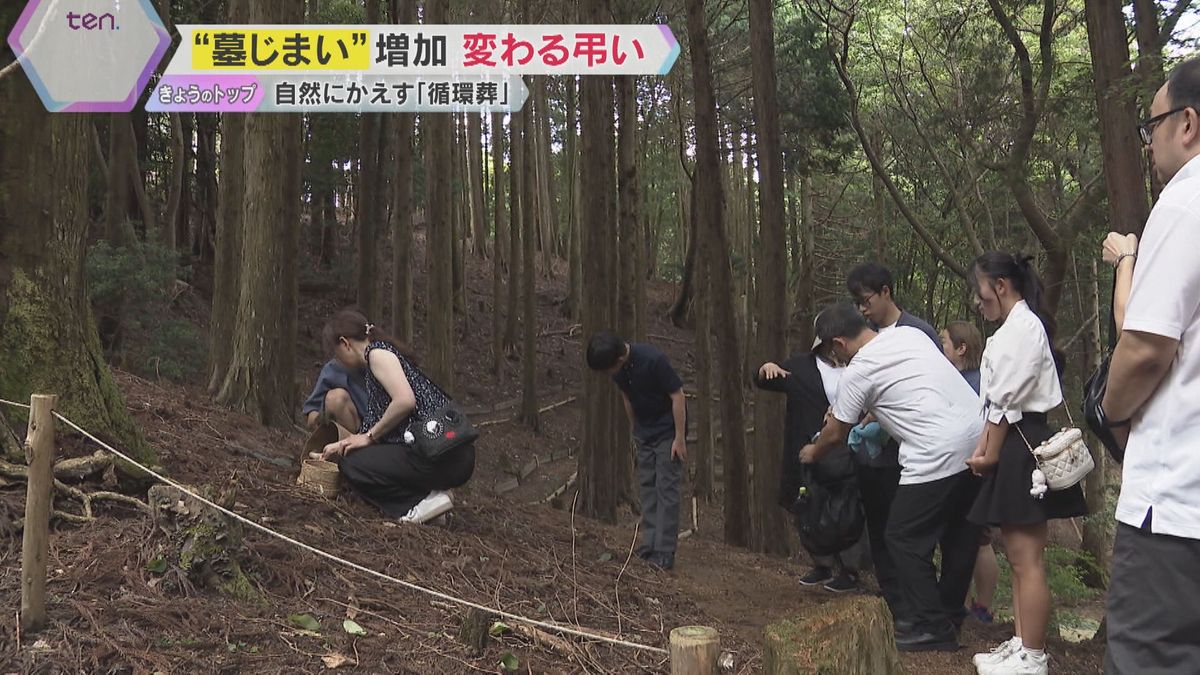Japan's age-old tradition of physical burial is seeing a shift as more people opt for 'haka-jimai' or 'grave-closing.' Growing problems such as aging populace, urbanization, and lack of successors are pushing families to consider alternatives to maintaining family graves, provoking a surge in post-funeral services. These services allow families to remember their deceased loved ones without the constraints of keeping a physical location.
Facing current societal changes and aging population, upkeep of physical graves in Japan is becoming a challenge. Cemeteries are often located in secluded, hard-to-reach places, making the graves' visitation increasingly problematic. Physical tombstones also require regular maintenance, which becomes difficult without a succeeding family side. Hence, the growing acceptance for 'haka-jimai.' Public's sentiments, however, remain divided as this shift challenges deeply ingrained cultural norms.
In the US or EU, cremation has seen increasing acceptance. Cremation ashes can be scattered in legally approved locations, stored in urns at home or placed in columbarium niches, reducing the need for physical graves. The growing acceptance for 'haka-jimai' in Japan somewhat echoes these set trends, albeit with specific cultural nuances.

